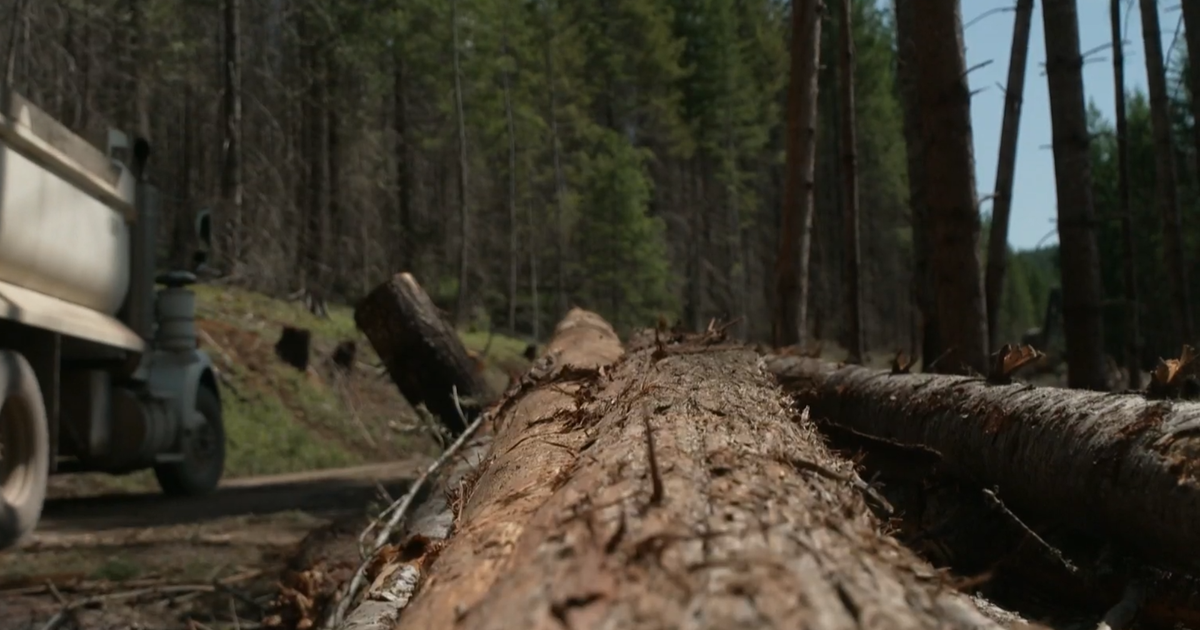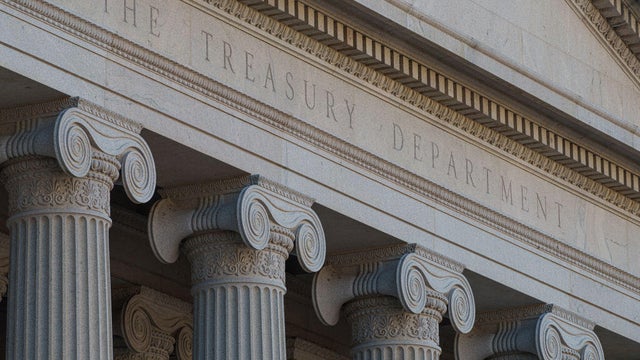

No response returned

Jeff Brink takes pride in working on the same land his father did, in the national forests surrounding Oakridge, Oregon. But in the decades since his father ran the family logging business, less and less timber has been harvested, and more and more megafires have threatened his hometown.
"There needs to be some active management, because no management has given us this result," he told TheNews.
When the Trump administration announced aimed at , Oregonians had mixed responses. Loggers and timber towns celebrated the attention from the White House, while environmentalists sounded the alarm over fears of deregulation and environmental harm. Local stakeholders wonder what forest management will look like in practice.
"This is my backyard, my home, and I don't want to see it burn. I also don't want to see it logged heavily," Brink said. "There's two extremes here."
The White House made a series of announcements over the past several months pertaining to timber harvesting and managing national forests. An executive action in March ordered federal agencies, including the departments of the Interior and Agriculture, to focus on increasing logging on federal lands with the purpose of increasing timber production, while simultaneously reducing forest fire risk.
U.S. Department of Agriculture Secretary Brooke Rollins said in April that the country is facing a "," and President Trump's targets a 25% increase in timber production on federal forests. The agency also announced it would rescind rules like the "," which prevented logging on 58 million acres of federal land.
The timber industry and environmentalists still have questions as to the actual implementation of policy and changes in practices by federal agencies.
Oregon Wild is one of many environmental groups that believe the new executive actions threaten landmark environmental laws such as the Endangered Species Act (ESA) and National Environmental Policy Act (NEPA), which date back to the 1970s. The nonprofit said it fears that language in executive orders prioritizing federal lands for timber production could lead to clear-cutting forests, habitat destruction and loss of old-growth forests. Old-growth or mature forests do not have an official definition, but they are understood to be undisturbed forests with large, older trees that scientists believe serve key roles in ecological functions like purifying water. They also store more carbon than younger forests and are said to be vital as a carbon sink.
"This idea that there's some kind of national emergency is laughable," Quinn Read, executive director of Oregon Wild, told TheNews. "It's really more of a pretext to loot our public lands to benefit very, very few people at the expense of all Americans."
Timber groups counter that practices have changed in the decades since the 1990s, when timber output from federal forests was much higher.
After new federal forest plans were adopted in the 1990s, timber output on northwest federal lands declined by 80%, according to the American Forest Resource Council, which represents companies in the timber industry. They argue that wood products made with American timber are more environmentally and socially ethical, arguing that environmental regulations and labor laws are stronger in the United States than in countries the U.S. imports timber from. Many of those laws were positive for the industry, timber groups say.
"We have the strongest environmental and labor laws on planet Earth. That's where I want our wood to come from," Travis Joseph, president of the American Forest Resource Council, told TheNews. "Yes, we're making some tweaks or changes to policy to make that more efficient, but we're not undermining, nor is the administration undermining, the fundamental structure of how public lands are managed."
Some in the timber industry also argue that increased logging doubles as fire risk mitigation. The logic makes sense to Brink. His company pivoted from traditional logging to land management that focuses on cutting smaller logs, thinning forests and removing debris from previous fires in the name of fire risk mitigation. When timber outputs on national forests began to decrease, pivoting to the new business was how the Brink family business survived.
"Every year you see equipment go up to auction, there's names of loggers that are legends here," he told TheNews.
But prominent voices in forestry have their concerns, even if there is broad consensus among foresters that forest thinning, when done properly, can reduce the risk of fires.
Former U.S. Forest Service foresters such as Steve Ellis, chair of the National Association of Forest Service Retirees, are concerned that staffing cuts at federal agencies since the second Trump administration took office will make it difficult for them to complete timber harvesting contracts, a lengthy process that often takes years and frequently faces litigation.
"You're going to have to have people to do it and set it up to do it right. And there's laws to be followed, if that's the intent, to follow NEPA and follow ESA and follow the Clean Water Act," Ellis told TheNews.
Timber project managers like Sarah Altemus Pope, executive director of the Southern Willamette Forest Collective, similarly worry about federal staff having the capacity to properly design timber projects that adhere to environmental requirements. She said she's found that dialogue between loggers, federal employees, community members and environmentalists gives projects the best chance to succeed, and in recent years, she had seen that dynamic improve. With the current administration, she worries it may begin to fray.
"I absolutely think it's important that the administration be talking with all parties that have that, all stakeholders and all parties that have an interest in how our forests are managed," she told TheNews.
Pope thinks it's especially important because finding ways to better manage the forest will require budgets, Congress and community buy-in. "The executive orders alone are not going to move the needle," she said.




